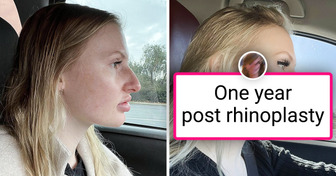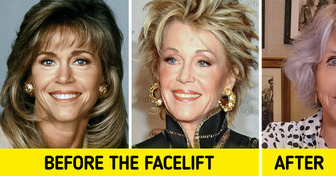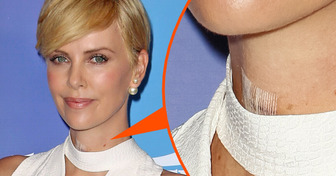21 Women Who Showed a Small Change to Your Nose Can Go a Long Way
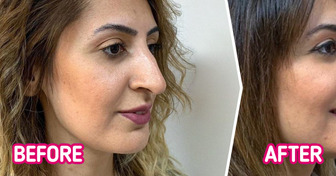
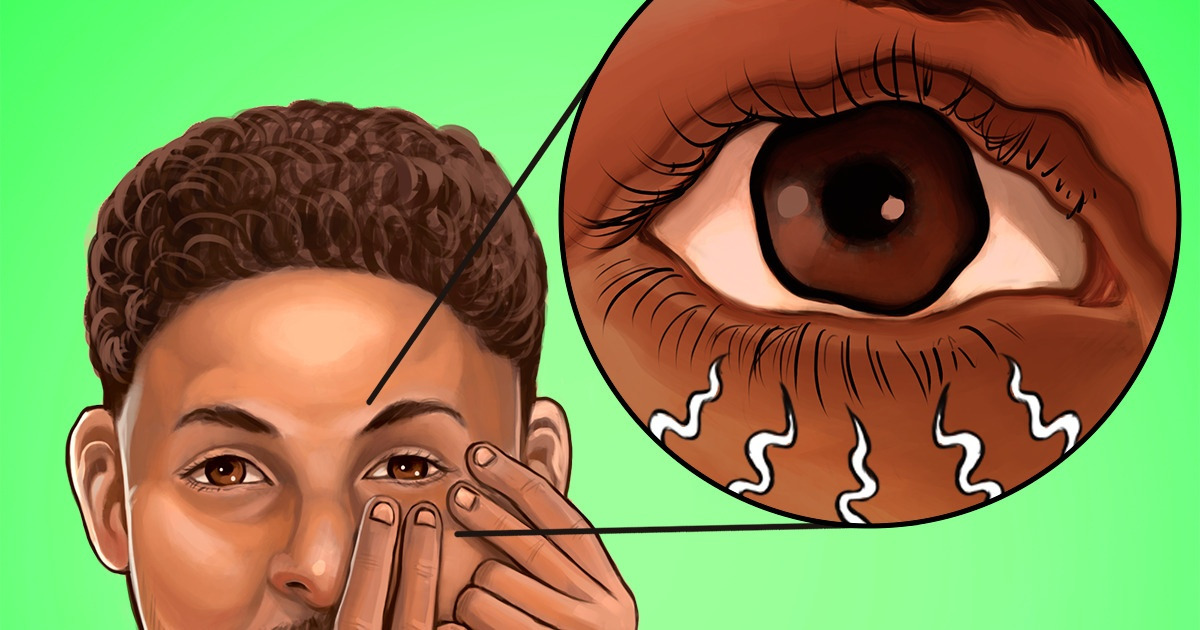
Imagine this: you’re gossiping with your best friend and suddenly you start to feel a mini-tremor in your eye. You think something is wrong and maybe you even get a couple of involuntary winks. But stay calm, there are actually several factors that can cause it and none of them have anything to do with age-related ailments.
At Now I’ve Seen Everything, we care about health and that is why we looked for the reasons behind this condition, as well as some actions to reduce or avoid it. This is an article with informative purposes, if you have any problem, go to a specialist.

According to medical professionals, eyelid twitching is officially known as palpebral myokymia. It’s very common and is characterized by spontaneous, smooth, and constant contractions that occur in the orbicularis or Müller muscle, which serves to elevate the eyelid.
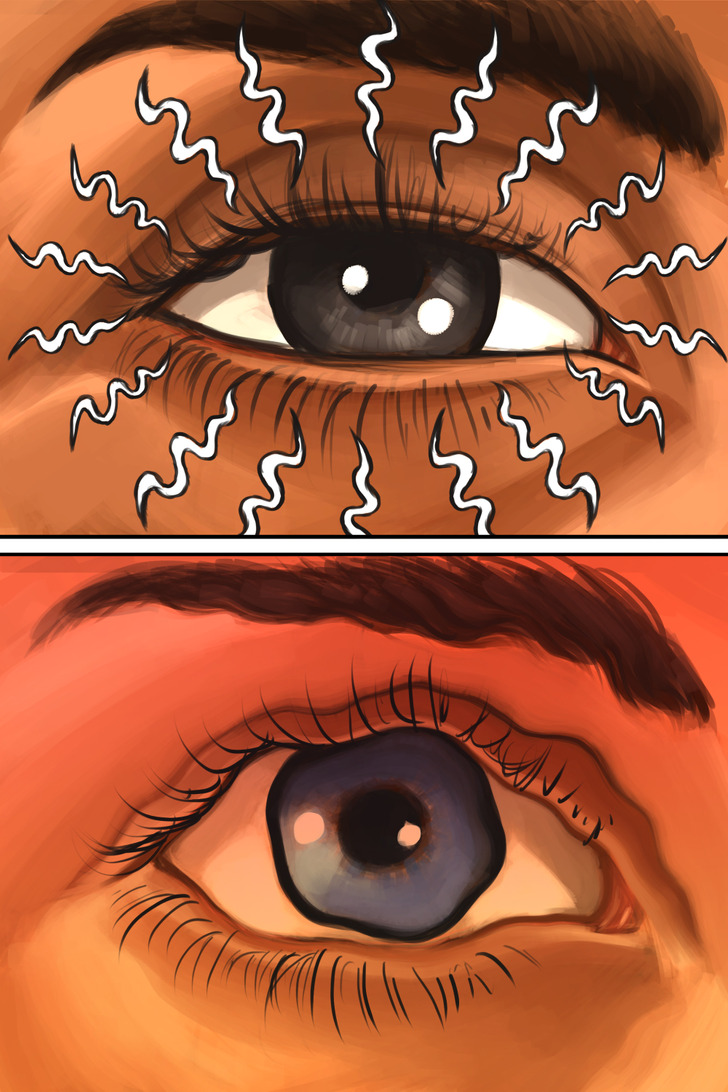
There isn’t a specific group of people predisposed to suffering from these tremors. Anyone can have them at any time, especially if they are under constant stress. To avoid them, it is recommended to avoid or limit the consumption of stimulating substances, which can intensify them even more. Also respect the necessary hours of rest, try to eat a proper diet, and do some sport to help release the accumulated tension.
There is no identifiable cause. However, eyelid twitching occurs in healthy people who have any of the following problems:
Other causes that provoke spasms or even worsen them are:
When spasms become chronic or uncontrollable, it is benign essential blepharospasm. It occurs when one or both eyelids close involuntarily. It can last from seconds to hours.
Unlike myokymia, blepharospasm is a more forceful closure of the eyelid that sometimes limits or completely blocks vision. These spasms can also affect other muscles of the face, and can make everyday activities such as climbing stairs, driving a car, or commuting to work difficult. Its cause is not yet clear, but it is thought to be caused by a nerve impulse.
There is also hemifacial spasm: when the muscles on one side of the face tighten. These spasms may begin near the eye and affect other parts of the face. In advanced cases, hemifacial spasms last from several days to months. Hemifacial spasms appear to occur when a blood vessel presses on a facial nerve.
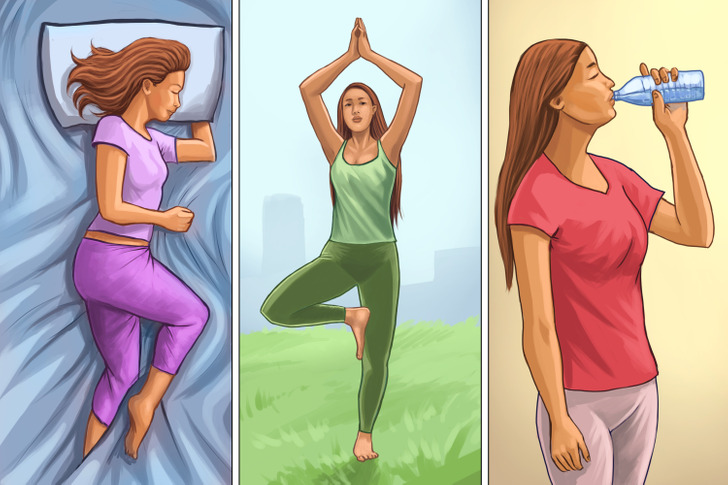
Spasms do not cause pain and are are harmless, although they can be a nuisance. Most spasms do not need treatment. If they do not resolve on their own, you can try to eliminate or reduce them by doing the following:
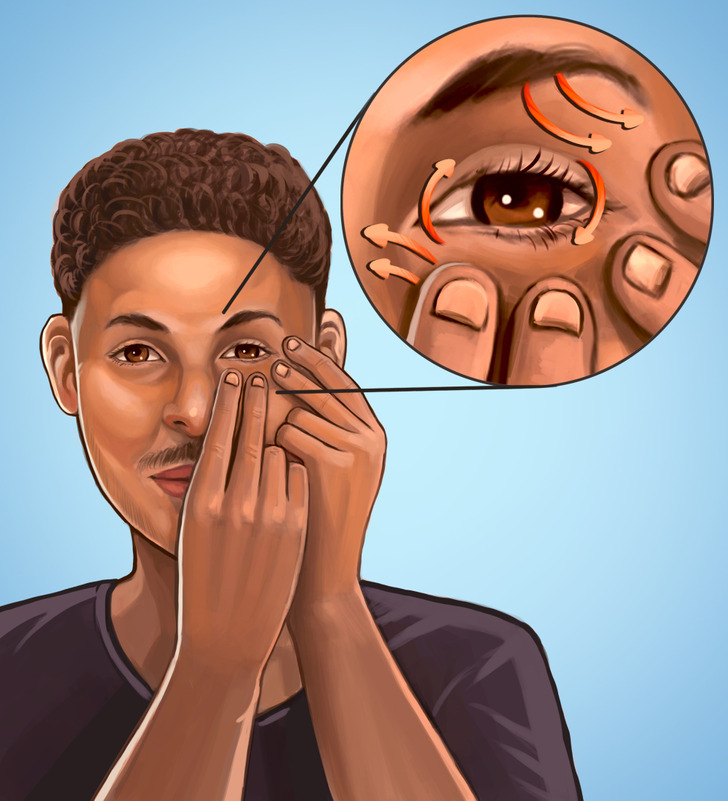
Other than common eyelid twitches, there are more serious problems that need the attention of a specialist.
You may need to see one if you have chronic eyelid twitching and any of the following symptoms:
What situations in your daily life cause stress and eyelid twitching? What are your best tips for relaxing?


